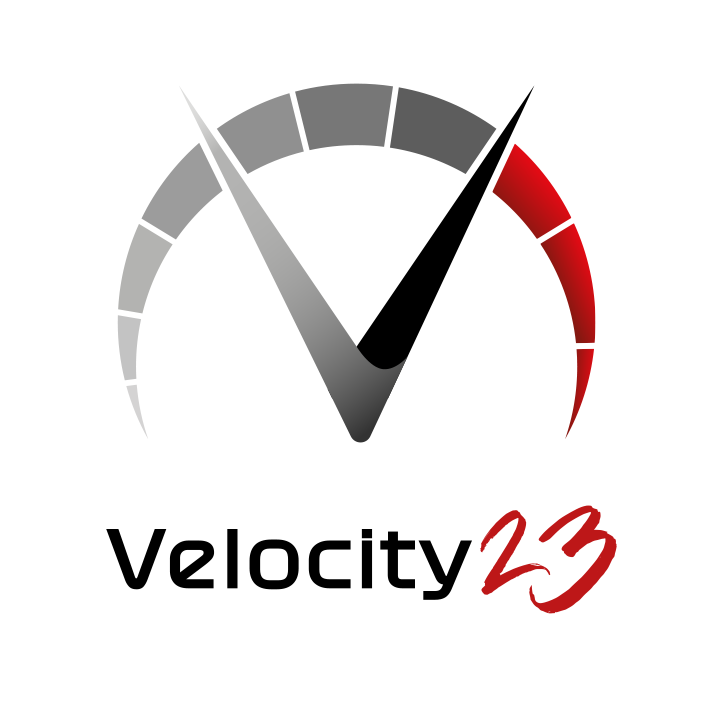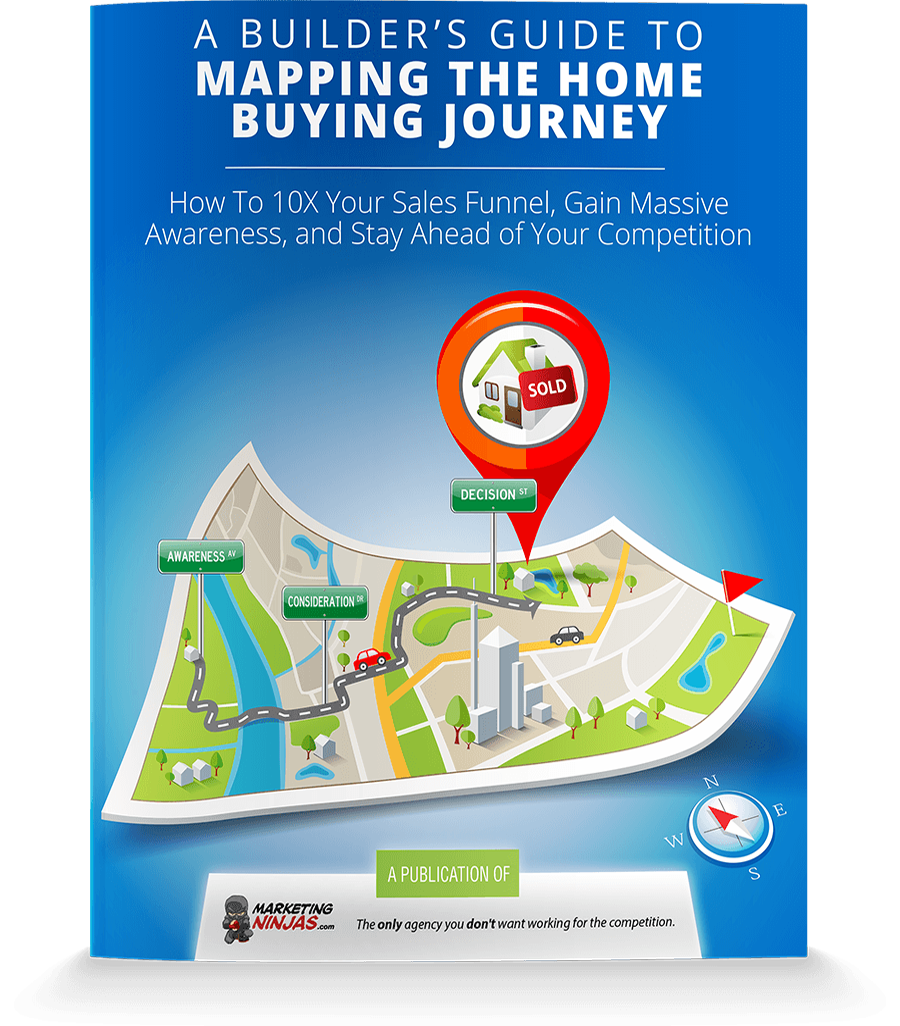We all know that when it comes to marketing using your blog, content is all-important.
You want to deliver consistently high-quality and relevant content to your readers, but how much is the right amount of content? Too much and you might risk overwhelming your readers, but with not enough content they might lose interest and drift away.
How do you find the exact right amount of blog content you need to keep your viewers informed, entertained and coming back for more?
There are many factors to consider, so let’s take a look at the best way to determine what the perfect amount of content is for your home-building business.
Reading time: 7 minutes
Level: Intermediate
Skip to the section you're most interested in:
- How Do You Define "How Much"?
- Slow and Steady
- Keep it Consistent
- Flash Flood
- What Are Your Marketing Goals?
- How Big Is Your Company?
- What Kind Of Company Are You Running?
- Have You Considered Historical Optimization?
- Historical Blog Search Engine Optimization
- Historical Blog Conversion Optimization
How Do You Define "How Much"?
Broadly speaking, your blog content output should fall into one of three categories...
Slow and Steady
In this scenario, you’d be putting out a few blog posts per month, say two to five pieces. This is an approach you typically see in smaller companies that have fewer people available to work on content and is most effective when used for broader overviews of a subject, such as a newsletter or a thought-leadership piece.
Keep it Consistent
This is where you try to put up two blog posts a week, with the goal of between 8-10 posts per month. This is the preferred approach for companies with medium-sized teams with a few people to work on content.
With this approach, you can start to make more granular, nuanced content such as pillar pages and segmented content.
Flash Flood
As the name suggests, this is where you publish several blog posts a week, but which could also scale up hugely depending on your situation. This is usually the approach taken by bigger companies with large teams and can allow for a much broader range of topics and much greater scope for segmented content.
How do you know which approach is the best for your business? There are a number of questions you should ask yourself before you make your decision - let’s take a look at a few of the most important ones.
 What are Your Marketing Goals?
What are Your Marketing Goals?
One of the very first things you’ll need to figure out is: what exactly do you wish to achieve with your blog? For some businesses, the immediate goal might be to simply attract a lot more readers to their site, to build up a viewer base. For others, the focus might be on converting a greater percentage of their existing readers into qualified leads.
This will make a big difference to your approach - for the former, it could be more effective to publish a lot more content covering a wide variety of topics, which you can later analyze and narrow down to see which areas perform best. For the latter, you could look at producing fewer, more in-depth pieces.
How Big is Your Company?
Another factor that greatly affects your blog output is the size of your company. HubSpot conducted a study which showed that for companies with 10 employees or less, 11 blog posts per month seemed to be the point at which they received much higher traffic, in some cases as much as triple the amount! The effect was similar but slightly reduced in companies with 11-25 employees, and then reduced further in companies with 26-200 employees.
For much larger blogs, the post frequency can be a lot higher - for example, the Huffington Post reported that at one point it was publishing up to 2,000 articles per day!
 What Kind of Company are You Running?
What Kind of Company are You Running?
In the same study, HubSpot also tested the effect of increased blog posting on B2B (business-to-business) and B2C (business-to-consumer) companies. They found that for B2C companies, the results were pretty straightforward - there was a linear increase in traffic as the number of blog posts increased. For B2B companies, they found very little increase in traffic from five-or-less posts per month and six-to-ten posts per month, but once the blog hit 11 or more posts per month, site traffic almost tripled.
As a home builder, you’ll be primarily focused on B2C, although if you’re branching out into investment properties you may want to follow our advice on the B2B approach as well.
Have You Considered Historical Optimization?
If you want to publish a lot of content, keep in mind that there are options available that don't always involve creating brand-new content from scratch. Using historical optimization you can refresh and update existing blog posts with new information, improving their search rankings and drawing in new customers at the same time.
Put simply, historical optimization is the process of finding an old blog post that has either a) underperformed or b) performed in a way that was not aligned with your goals, such as a blog post that resulted in a lot of hits but few leads. Updating it as a brand-new piece of content that should, ideally, give you better results.
There are a couple of different approaches to this. For a post that has gathered few hits but has a good rate of conversion, you can update your post with an eye towards Historical Blog Search Engine Optimization - that is, updating the content to be more search-engine friendly and drive more traffic towards the content that you know converts a lot of readers.
On the other hand, if you have a blog post with a lot of hits that isn't generating many leads, you can aim for Historical Blog Conversion Optimization - updating the post to try and get existing readers to convert and become leads.
Historical Blog Search Engine Optimization
This is one of the easier approaches to Historical Optimization, as simply having a newer post increases its ranking for Google search results because Google prioritizes fresher content over older posts. You’ll also have the advantage of building on previous hits and increasing the chance of organic growth through shares and inbound links. This will drive your search engine rankings even higher.
The other big advantage to this is you can update the post as many times as you want! As new information becomes relevant or old information fades away, you can update continuously and keep your traffic growing! Try to identify posts that might be a good source of evergreen content you can continuously refresh.
 Historical Blog Conversion Optimization
Historical Blog Conversion Optimization
In this scenario, you have a post that’s pulling in a lot of traffic, but not many visitors are converting into leads. One way you can optimize your post for conversions is to look at your CTAs - ideally, you should always be adding new offers. Try taking a look at your catalogue and see if anything is more relevant or offers greater value than the existing CTA.
The other approach is to go into your analytics and examine what are the main keywords people are searching for when they discover your post. This will give you an insight into exactly what they were looking for at the time.
For example, if your analytics reveal a post about mortgages is drawing significant traffic from people searching “how to pay off my mortgage faster”, take a look at your CTAs and see if you have anything that can solve this problem. Maybe you have an ebook about home budgeting or renting out a spare room for extra income that would offer a good incentive to people who are searching for something specific.
Finding the perfect amount of blog posts for your business can take a little while and some trial-and-error, but the payoff for all that work can be dramatic. Evidence suggests that at least 11 blog posts per month is the point at which things really start to take off, but that doesn’t have to be a daunting number!
When you also start to properly optimize your blog posts to be long-standing, evergreen sources of information, those pieces will keep people coming back and continue to provide more qualified leads from your pool of readers.
Originally published Oct 15, 2019








